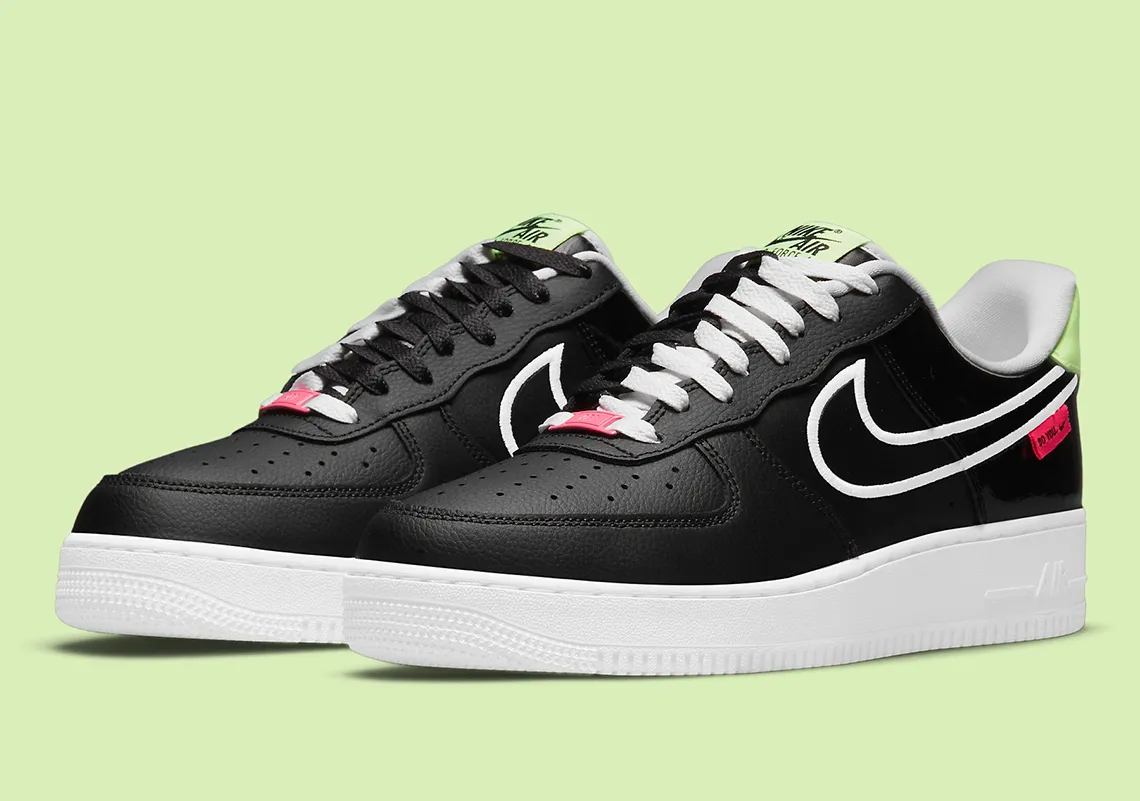Welcome to Thomas Insights — every day, we publish the latest news and analysis to keep our readers up to date on what’s happening in industry. Sign up here to get the day’s top stories delivered straight to your inbox.

Cost reduction has long been a key challenge for manufacturers in the retail industry.
In the past decade, retailers looking to optimize their manufacturing costs have relied on offshoring. Establishing production overseas provides several benefits including reduced spending on labor and materials, tax breaks, shorter supply chains, and access to a skilled and highly specialized workforce.
More recently, however, an increase in foreign labor and material costs, political instability, and unpredictable supply chain disruptions has made offshoring a less appealing option for U.S. organizations, which has led to many opting to reshore their operations.
Retailers looking to move production back home may need to offset the higher manufacturing costs in the U.S. by moving away from labor-intensive processes and leveraging automation and robotics. Some brands, including Nike, are way ahead of the curve.
1. Grabit’s Stackit Robots
In 2017, Nike partnered with Silicon Valley startup Grabit to increase the speed at which its shoe uppers are produced.
Grabit has developed a new technology using electroadhesion, which enables robot grippers to pick up and work with a multitude of objects and materials. The adoption of robotics in the retail industry has been slow, which is largely because robots typically struggle to handle and mold softer materials. But Grabit’s technology seems to have overcome this hurdle, with the company claiming the robots can grasp an egg, soft fabric, or a 50 lb box with equal ease.
This is an important property for a brand like Nike, whose shoes can include 40 different materials in the upper alone. Assembling them demands a precise process of stacking and fusing.
Rather than mimicking a human gripping motion, the robot is fitted with electrodes, which produce an electric field that can adhere to the majority of surfaces, enabling the grippers to pick up an object.
Nike has invested in several of Grabit’s $100,000 Stackit robots, which help to make between 300 and 600 pairs of shoes throughout an eight-hour shift. The robots are expensive, but Nike can now produce its shoe uppers in just 50 seconds.
2. Geek+ Smart Robots
In early 2020, Nike announced the arrival of same-day delivery in Japan thanks to a new partnership with smart logistics solutions provider Geek+.
The company’s goods-to-person robot series serves Nike’s distribution center in Chiba, carrying products to warehouse workers to reduce costs and improve warehousing efficiency. Mark Messina, Chief Operating Officer at Geek+, claims the robots have increased Nike’s order pick rate from 100 picks per hour to over 300.
For some time, brands like Nike have felt the strain of labor shortages in the logistics industry. In a post-COVID world, the growth of e-commerce and concerns over worker safety will further drive the need for products like Geek+’s robots, which are low-cost, efficient, and safe.
3. Flyknit 4D Knitting
Sports brands consistently strive to make their footwear more lightweight without compromising on the support required by athletes.
In 2012, Nike debuted its Flyknit technology, which utilizes high-strength fibers to create lightweight uppers that fit “like a sock.” As well as being exceptionally light, the material provides breathability and support, and it has a low environmental impact.
Today, the production of Nike’s Flyknit shoes is highly automated. A CNC knitting machine weaves the shoe’s upper into one piece, which can reduce labor costs by 50% and material usage by 20%. The automated process allows for more frequent updates and improvements to be made to the shoes, as data is fed back from factories in China to designers and engineers based in the United States.
4. 3D Printing
Nike was a very early adopter of additive manufacturing, otherwise known as 3D printing. The technology has driven innovation and product customization, and it enabled the brand to produce components that would have been impossible to manufacture using traditional methods.
In 2013, Nike Football unveiled the Vapor Laser Talon, its first shoe fitted with a 3D-printed plate, which was designed to provide optimal traction on football turf.
More recently, the company has leveraged computational design, which allows manufacturers to feed parameters and physical properties into a model to create designs that would be close to impossible for a human to produce. Nike used this technology to produce its Vaporfly Elite FlyPrint shoe.
In 2018, Nike claimed that its 3D-printing prototyping process was 16 times faster than any former method of manufacturing.
Image Credit: pio3 / Shutterstock.com
More from Automation
The Link LonkJune 16, 2021 at 11:18AM
https://ift.tt/3pXqLH4
How Is Nike Using Automation, Robotics in Its Manufacturing? - ThomasNet News
https://ift.tt/3g93dIW
Nike

No comments:
Post a Comment